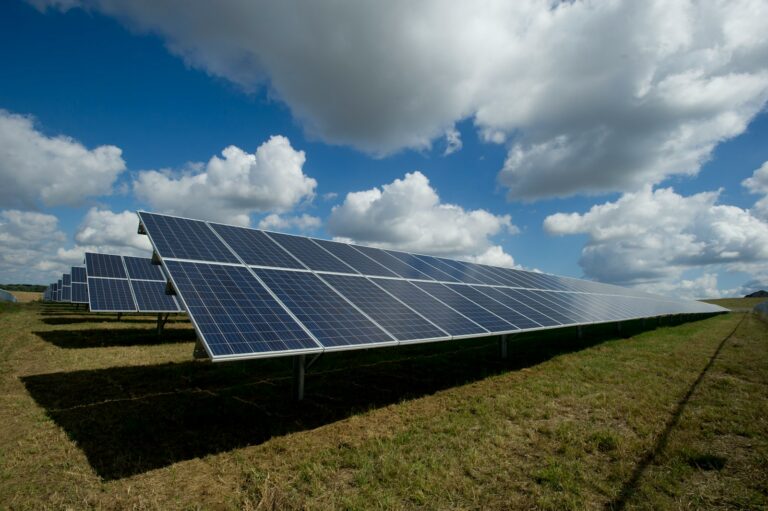Key Takeaways:
- Total household debt increased by $167 billion.
- Credit card debt fell by $29 billion, likely due to seasonal payoffs.
- Student loan delinquency rates surged from under 1% to nearly 8%.
Household Debt Inches Up, Credit Card Debt Eases
If you’re keeping tabs on your finances, you might want to pay attention to the latest household debt report. The New York Fed recently shared some interesting numbers, showing that overall household debt climbed by $167 billion. But here’s the twist: credit card debt actually dropped by $29 billion. Surprising, right?
So, why is credit card debt decreasing? It might have to do with the time of year. After the holidays, many people focus on paying off the debt they racked up during festive shopping sprees. It’s a common pattern—spend more at the end of the year and then pare it back in the months that follow.
Meanwhile, total household debt is still growing. This growth isn’t because of credit cards. Instead, it’s likely driven by bigger-ticket items like mortgages, car loans, or personal loans. Americans are still borrowing, just not as much with their credit cards.
Student Loan Delinquencies Spike Sharply
But there’s a red flag in the report: student loan delinquencies shot up from less than 1% to nearly 8%. That’s a massive jump. Why? It probably has to do with the pause in reporting delinquencies ending. For a while, lenders couldn’t report late payments to credit bureaus. Now that this pause has ended, the reality of missed payments is showing up in the numbers.
This surge highlights the growing struggle many borrowers face in keeping up with their student loan payments. It’s a sign that the financial pressure on Americans isn’t letting up.
What Does This Mean for You?
So, what’s the big picture here? Credit card debt dipping might seem like good news, but the rise in total household debt and the jump in student loan delinquencies suggest that many people are still feeling the squeeze.
If you’re carrying debt, especially student loans, it’s a good time to review your budget and see if you can free up some cash to pay down what you owe.
In conclusion, the latest numbers show a mixed bag for American households. While credit card debt is easing, other types of debt and delinquencies are rising. Stay vigilant with your finances and keep an eye on your debt levels. After all, staying on top of your money is key to financial peace of mind.











